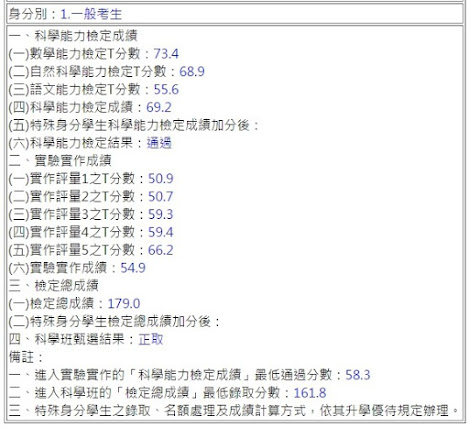TIOJ 2031:盩僰麌在做 弢哥在看
TIOJ 2031:盩僰麌在做 弢哥在看
題目大意:有 $n$ 個點,編號 $1\sim n$,每個點有一值 $a_i$,每個 $i$ 可以向編號比自己小的點連 $L_i$ 條單向邊,向編號比自己大的點連 $R_i$ 條單向邊,連的順序優先連向與 $a_i\ \text{xor}$ 值較大者。建好邊後,給一個出發點 $s$,問所有走到的點權重和最大可以是多少。
解法:先用類似 $\text{trie}$ 的概念建好邊,再用 $\text{tarjan SCC}$ 縮點後 $\text{DP}$。
$\text{Code:}$
#pragma GCC optimize("O3")
#include <bits/stdc++.h>
using namespace std;
#define FOR(x,a,b) for(int x=a;x<=b;x++)
#define pb emplace_back
#define F first
#define S second
const int SIZE = 5e5 + 5;
const int H = __lg (SIZE) + 2;
int n, s;
int a[SIZE], l[SIZE], r[SIZE];
vector<int> adj[SIZE];
int to[5 * SIZE][2], id[5 * SIZE], siz[5 * SIZE], cnt = 1;
void update (int i) {
int node = 1;
for (int t = H; t >= 0; t--) {
bool b = (a[i] >> t) & 1;
if (!to[node][b])
to[node][b] = ++cnt;
siz[to[node][b]]++;
node = to[node][b];
}
id[node] = i;
}
void add (int i, int k, int node, int dep) {
if (k == 0)
return;
if (dep == -1) {
adj[i].pb (id[node]);
return;
}
int b = (a[i] >> dep) & 1;
if (!to[node][b ^ 1])
add (i, k, to[node][b], dep - 1);
else if (siz[to[node][b ^ 1]] >= k)
add (i, k, to[node][b ^ 1], dep - 1);
else {
add (i, siz[to[node][b ^ 1]], to[node][b ^ 1], dep - 1);
add (i, k - siz[to[node][b ^ 1]], to[node][b], dep - 1);
}
}
int dfcnt, dfn[SIZE], low[SIZE];
vector<int> st, scc_adj[SIZE];
bool ist[SIZE];
int sccnt, scc[SIZE];
long long sum[SIZE], dp[SIZE];
void tarjan (int pos) {
dfn[pos] = low[pos] = ++dfcnt;
st.pb (pos), ist[pos] = 1;
for (int np : adj[pos]) {
if (!dfn[np]) {
tarjan (np);
low[pos] = min (low[pos], low[np]);
} else if (ist[np])
low[pos] = min (low[pos], dfn[np]);
}
if (low[pos] == dfn[pos]) {
sccnt++;
while (1) {
scc[st.back()] = sccnt;
ist[st.back()] = 0;
sum[sccnt] += a[st.back()];
if (st.back() == pos) {
st.pop_back();
break;
}
st.pop_back();
}
}
}
long long dfs (int pos) {
if (dp[pos] >= 0)
return dp[pos];
long long mx = 0;
for (int np : scc_adj[pos])
mx = max (mx, dfs (np));
return dp[pos] = sum[pos] + mx;
}
int main() {
ios::sync_with_stdio (false), cin.tie (0);
cin >> n >> s;
FOR (i, 1, n) cin >> a[i];
FOR (i, 1, n) cin >> l[i] >> r[i];
FOR (i, 1, n) {
add (i, l[i], 1, H);
update (i);
}
fill (to[0], to[cnt] + 2, 0);
fill (siz, siz + cnt + 1, 0);
fill (id, id + cnt + 1, 0);
cnt = 1;
for (int i = n; i >= 1; i--) {
add (i, r[i], 1, H);
update (i);
}
FOR (i, 1, n) {
if (!dfn[i])
tarjan (i);
dp[i] = -1;
}
FOR (i, 1, n) {
for (int np : adj[i]) {
if (scc[i] != scc[np])
scc_adj[scc[i]].pb (scc[np]);
}
}
cout << dfs (scc[s]) << '\n';
}我的分享就到這裡結束了,如果喜歡我的 $\text{Blog}$,歡迎追蹤!

留言
張貼留言